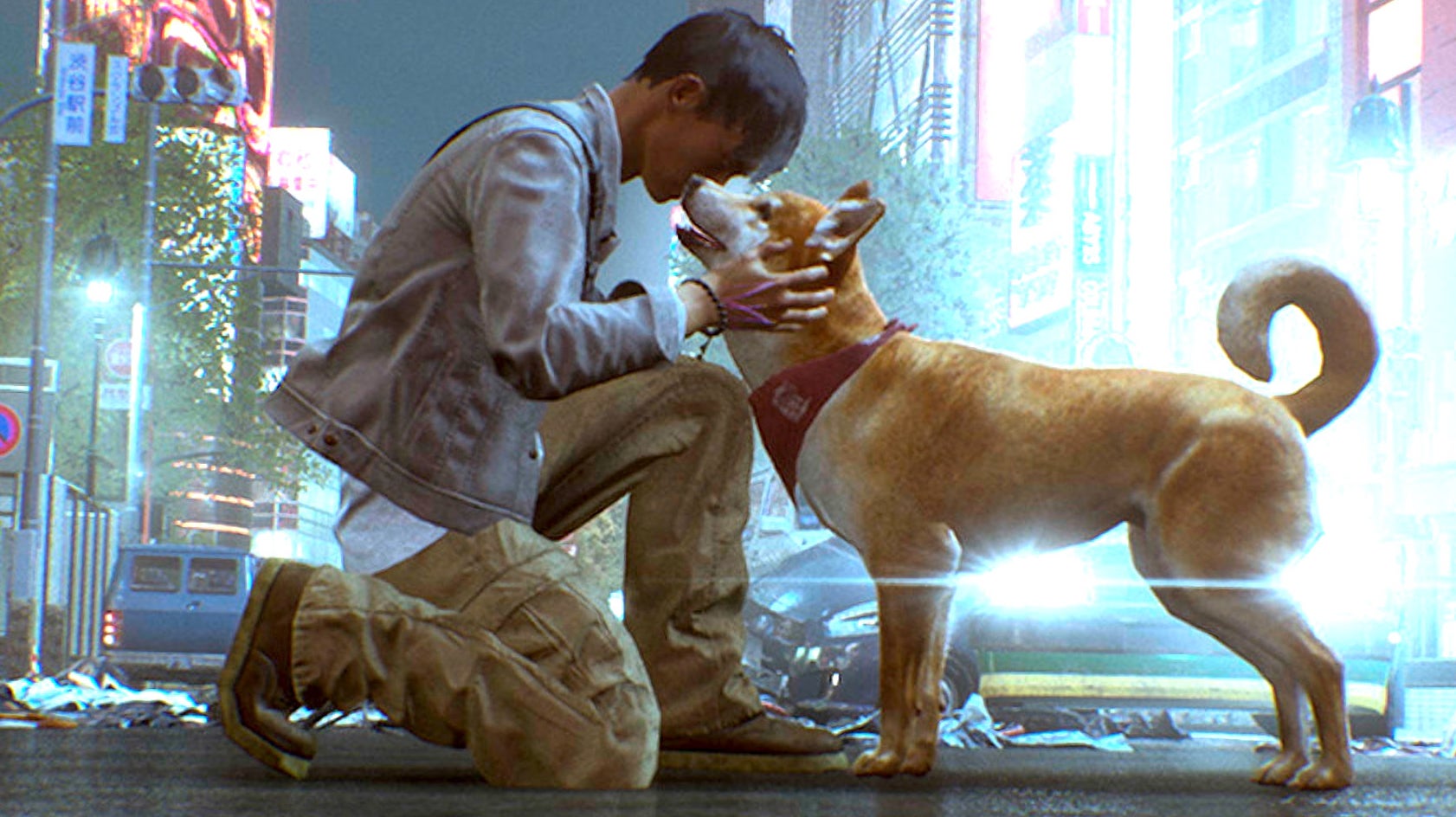Ghostwire: Tokyo is a game with many surprises in terms of its technical make-up. Developer Tango Gameworks has delivered a gameplay concept I wasn’t expecting, wrapped up in a very different engine from prior titles, offering up an exceptional level of graphical finesse. The move away from its own idTech-based Unreal Engine 4 has clearly been a great enabler for the team, but I approached the PC version with some trepidation. Many recent PC releases have arrived with intrusive levels of stutter that impact the experience – no matter how powerful your hardware. It’s especially common in Unreal Engine 4 titles – and unfortunately, it impacts Ghostwire: Tokyo too.
And that’s frustrating for me, because there’s so much to like here from a visual perspective – especially in terms of ray tracing features. On PC and PlayStation 5, ray traced reflections steal the show. RT reflections are applied liberally in Ghostwire: Tokyo, most striking on highly reflective surfaces where we get a perfect mirror-like effect. That said, they also apply to duller materials too, with a soft distorted look – computationally expensive but adding greatly to lighting realism.
Given the amount of neon lights, LED signs, and shiny materials, ray traced reflections in rainy Tokyo pays off substantially – the only drawback being the lack of RT reflections on transparent materials like glass, where screen-space reflections and cube-maps act as fallback. This is a sensible optimisation, but I would have definitely like to have seen a separate option on PC to add transparent RT reflections in for future scaling. RT shadows are also applied selectively, to the point where they’re so rare, I’m not sure it’s worth using the feature in optimised settings.
